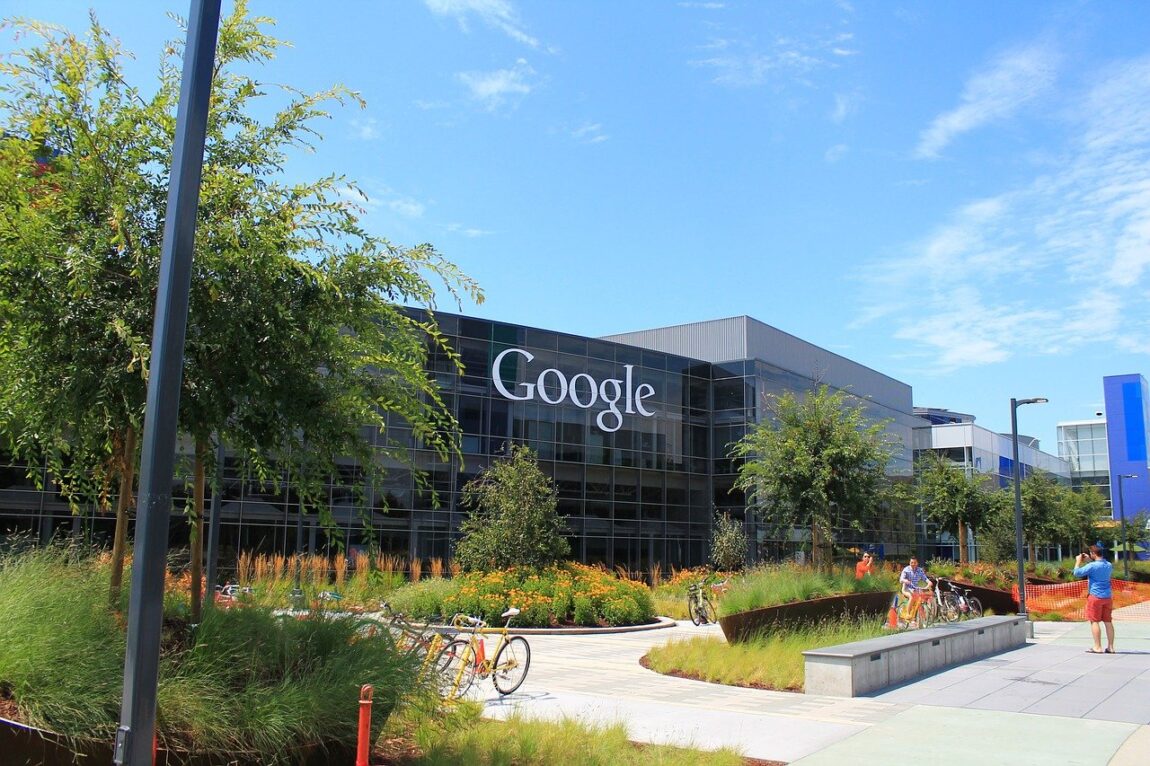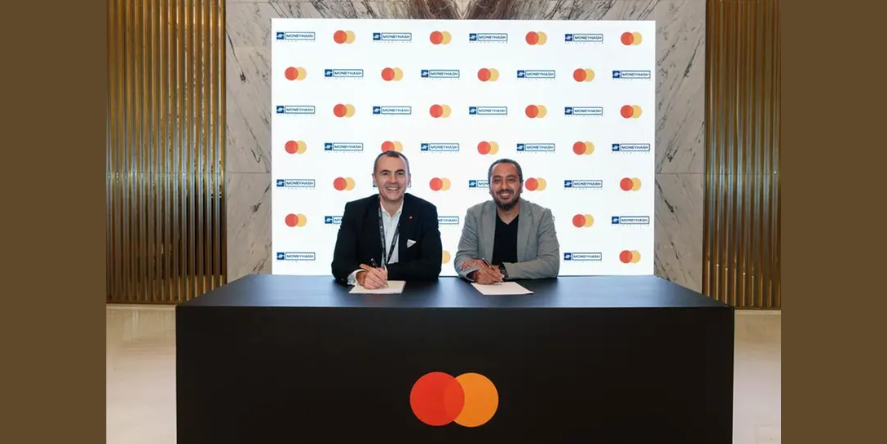FinTech Arena has no doubt indeed emerged as most perceptible disruptive sectors ever and has largely impacted daily consumers as well as other varied businesses irrespective of the sizes as well mode of work carried out. With ample support offered by global governments and regulators who are soundly aware of the necessity to protect the interest and affairs of both the consumers and businesses, as well as for giving a fair, competitive environment for industry players thus transforming it as one of the most potentially regulated sectors.
At the same time, globally the governments always don’t agree on regulating this swiftly moving industry. Coupled with powerful competition from traditional, established banks and financial services providers, along with constant technological developments, this makes it highly volatile, yet an exciting sector to watch.
So, peeping inside what really 2020 and the coming decade have in store for fintech and traditional banking and financial services?
The upward thrust for a neck and neck playing field: –
The chief banks are hugely the prime products of consolidation that initially was started in the 1980s, and they have continued enjoying a dominant position to this day. In 2020 and onwards, FinTech players could progressively thrust for a level playing field to prevent banks from taking advantage of their size and market share to crush rather than compete fairly with original market entrants.
The banking sector could finally witness the global governments announcing stricter regulatory measures to ensure a more equitable competitive environment for fintech players. Although these players are already starting to make inroads in terms of gaining market share, existing traditional players can still have significant leverage.
The prime illustrations include measures like preventing bank consumers from sharing vital bank credentials with fintech competitors by warning them of a security risk highlight how traditional players could be potentially be depriving the budding fintech newcomers of a level playing field.
The growing dominance of challenger banks and Neobanks: –
Challenger banks are typically established institutions (that specifically includes list of specialists or small and medium sized firms) seeking to compete with traditional banks.
Neobanks, on the other hand, are usually the latest, completely online or mobile providers. Both types of banks challenge the traditional banking system, providing a variety of accounts, payments, cards, loan products, and share trading and investment options.
These latest players could continue attracting large venture capital investments as they focus on delivering services through mobile and internet technologies. Their disruptive influence could ultimately be similar to the impact of low-cost operators on the airline industry.
In a low-interest-rate environment, neobanks and challenger banks might concentrate on higher savings rates, lower fees and charges, and responsive, convenient services and products.
Robo advisors as new medium of communication, utilization of AI for improved CX: –
Fintech could no doubt indeed be the buzzword and truly shape the trading and investment segment in the upcoming years. In 2020 and onwards, more low-cost stock trading and investment offerings could be made available by fintech players. This could lead to new players seizing a large percentage of the market or motivate the traditional wealth management segment to change their offerings.
With the availability of passive investment and intense competition on fees, free share trading and self-help technology for low-cost investment plans could become standard offerings.
For an illustration, Robo-advisors haven’t yet lived up to predictions of gaining significant market share, but they have driven innovative tech tools for investing that is now used across the wealth management industry.
Alternative advancing comes to the fore: –
A study revealed that 44% of over-55s are partaking in the sharing economy, which has led to the accelerated adoption of P2P lending — transferring wealth from investors to millennials. Therefore, the 2020s could bring with it the acceleration of alternative lending solutions like peer-to-peer (P2P) lending.
The sophisticated cred assessment processes, lesser operating costs and fees, and substantial potential returns for lenders may continue to drive the success of P2P lending platforms. These fintech players service consumers as well as SMEs, and they could broaden their offerings from short-term loans to long-term debt solutions like mortgages and student loans.
In the aftermath of the global financial crisis when banks tightened their lending criteria and consumer distrust of traditional lenders grew, P2P lending gained a foothold in the fragmented global lending market.
Further disruption force to power global scenario: –
Technological advancements play a fundamental role in renovating and disrupting traditional banking and financial services, but demand and monitoring forces can also have a substantial impact on where the fintech sector is heading.
What’s clear is the coming decade will probably bring with its exciting world of latest opportunities for both FinTech and existing players to innovate and broadening in their offerings well beyond old-style financial services. Other trends like the 5G rollout around the world and Wi-Fi 6, leading to an ultra-fast and stable internet, could see the FinTech sector establishing new real-time delivery models and taking advantage of novel opportunities for monetization.










